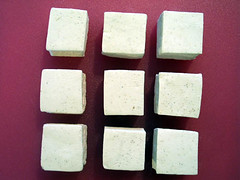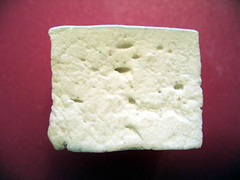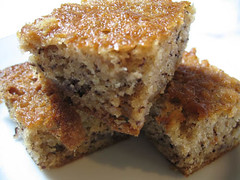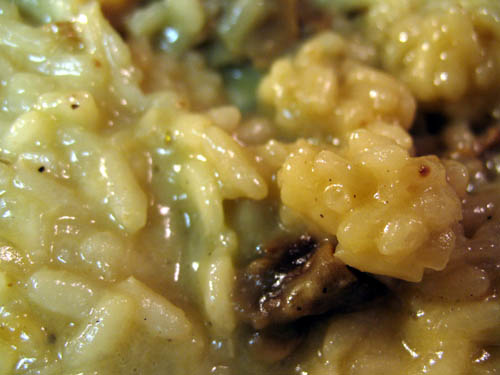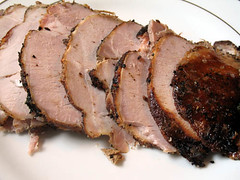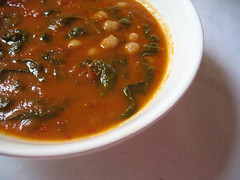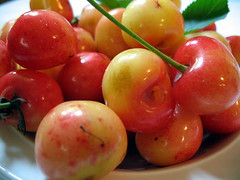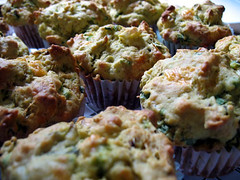 I promised Paz this recipe about a month or two ago. I am so sorry it took me this long to get it up.
I promised Paz this recipe about a month or two ago. I am so sorry it took me this long to get it up.About a year ago I sent out a SOS for savoury muffin recipes. My company was involved in a Habitat for Humanity build and I opted to be part of the cooking crew...for some reason people get really nervous when they think of me around power tools and sledge hammers...I don't know why...
I knew others would bring in squares and cookies and cupcakes and all sorts of sweets. You know me. I have NO problems with sweets, but when you have a crew who's been toiling under the hot sun, an all-sweet snack table isn't necessarily the best thing.
I've made these muffins several times and modified the original recipe here and there. Avocado, bacon, cheddar, onions, a bit of spice...I really like these for breakfast, but they also pair well with soups, stews and chili. The avocado makes the muffins incredibly moist.
Guacamole Muffins
yield: 12 muffins
Ingredients
100g whole wheat flour
150g all purpose flour
2 dsp* baking powder
0.5 tsp salt
1 Tbsp sugar
0.5tsp paprika (or black pepper)
1 egg, beaten
250ml milk
1 avocado
1tsp lime juice (optional)
60ml vegetable oil
1Tbsp chopped jalepeno peppers (optional)
100g grated cheddar
75g whole spring onions (about 4), finely sliced
75g cooked bacon, (back bacon, streaky bacon or just cooked ham) chopped finley
- Preheat oven to 375F (190C/Gas Mark5). Line a 12-bowl muffin pan.
- Sift together flours, baking powder, salt, sugar and paprika. Set aside.
- Stir together the egg and milk. Mash in the avocado flesh--don't make it too smooth as a few lumps will give the muffins a bit of extra avocado flavour. Mix in the lime juice, oil and jalepenos.
- Remove about half of the flour mixture and dust the cheese, onions and bacon--this will help stop these ingredients from clumping in the batter. Tip the rest of the flour back into the dry bowl.
- With a wooden spoon combine the dry and wet ingredients until they are just mixed. stir in the dusted cheese, onions and bacon.
- Divide the batter into the muffin bowls and bake for 20-30 minutes or until an inserted skewer comes out clean-ish.
- * I do mean dsp (dessertspoon): 1 dessertspoon = 2 teaspoons
- This recipe works really nicely with Monterey Jack cheese (with or without peppers).
- If you are using pickled jalepenos, you can substitute a teaspoon of the pickling brine for the lime juice
- If you're frying bacon especially for this, reserve the fat and use that instead of veg oil--if it measures less than 60ml, then top it up with veg oil.
jasmine
tags: Baking Muffins

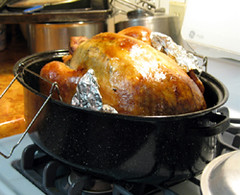

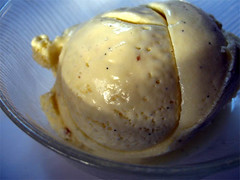

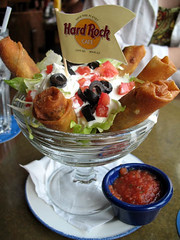
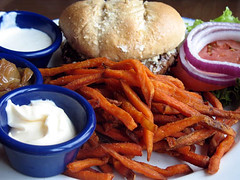
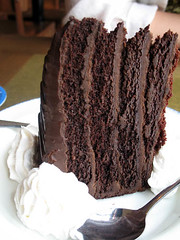

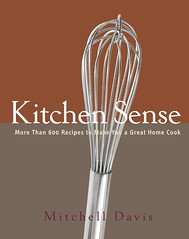
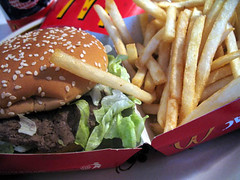 Found a few articles today about
Found a few articles today about 